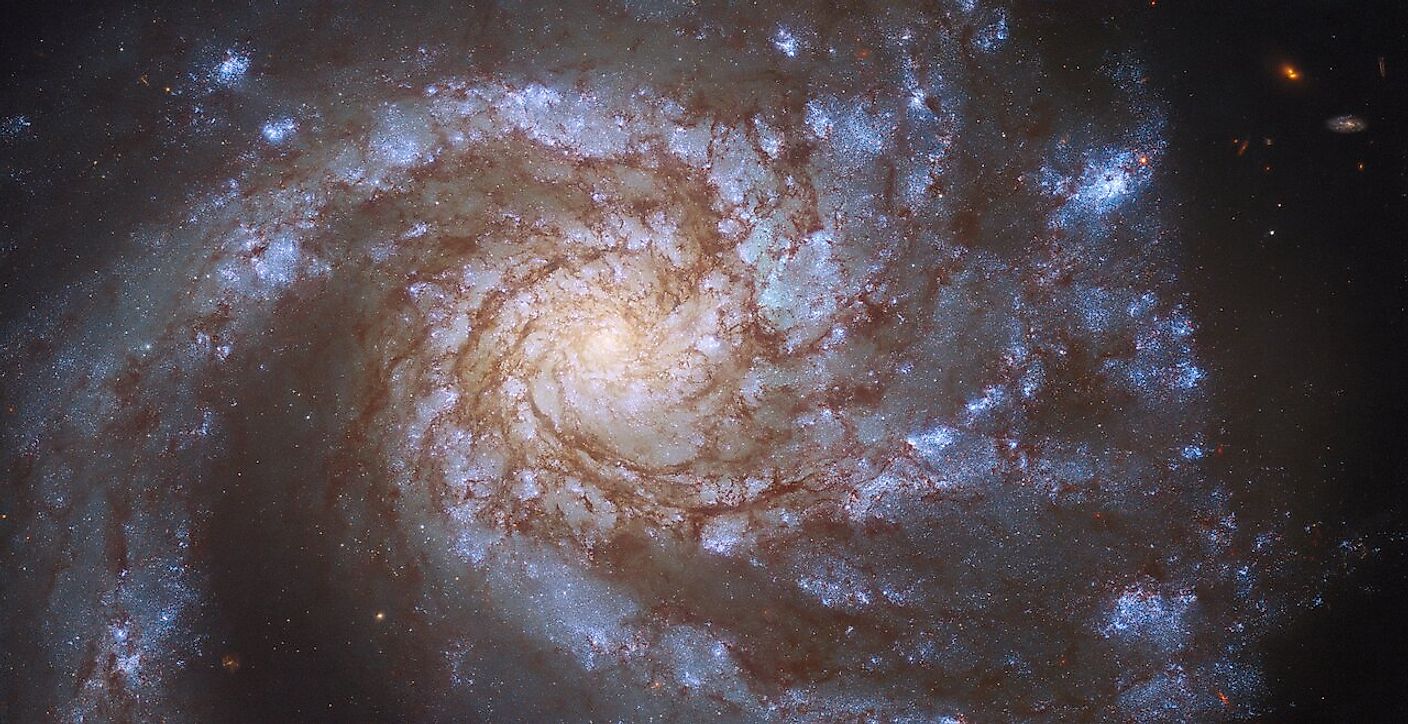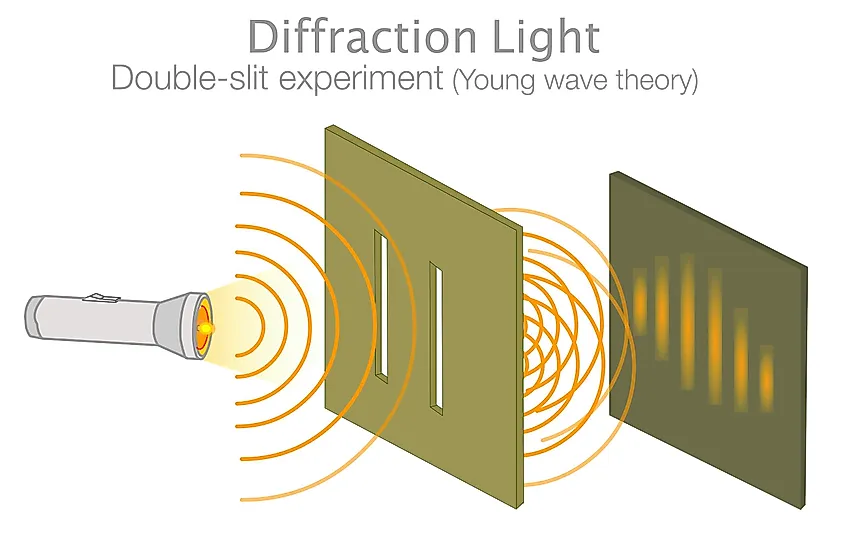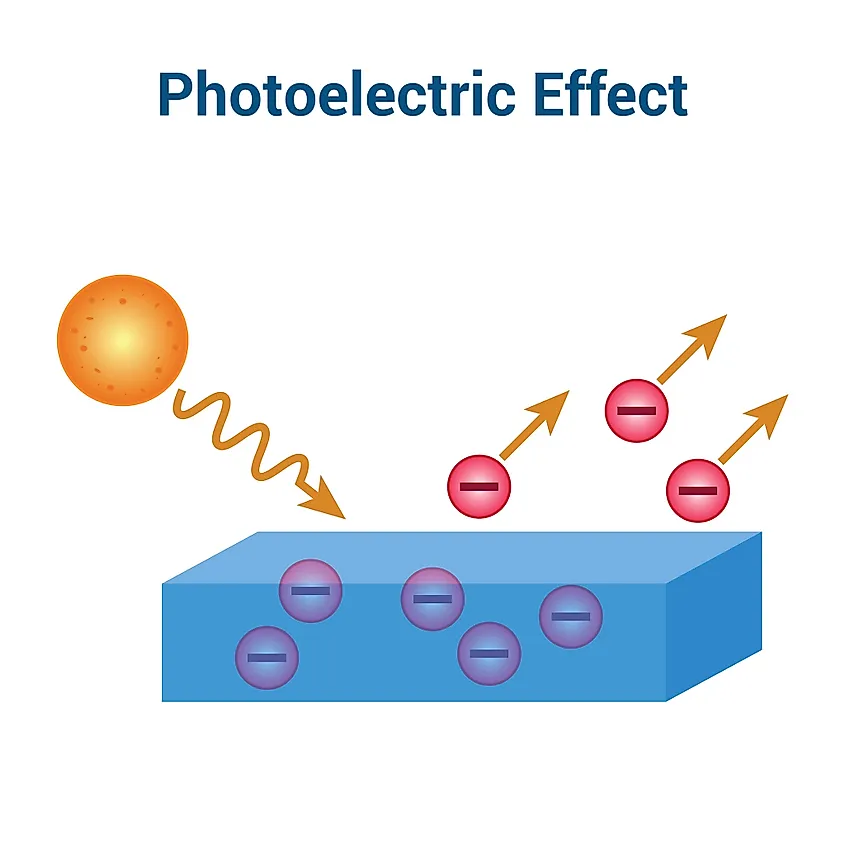
Is Light A Wave Or Particle?
Beams of light are often described as having wavelengths, yet they are also described as being composed of particles called photons. Light is unique in that it can be described as both a wave and a particle. However, for reasons that remain unknown, you can never observe light as both a wave and a particle at the same time. You can only ever see it as one or the other. How exactly is light both wave and particle?
The Double-Slit Experiment

Physicists debated for years whether light was a particle or wave. Isaac Newton had argued that light was composed of particles, yet other prominent scientists at the time argued that light was a wave. In 1801, physicist Thomas Young performed the double-slit experiment to determine whether or not light was a particle or wave. The double-slit experiment is one of the most famous experiments in the history of science, and it led most scientists to conclude that light was a wave.
The double-slit experiment is fairly simple. Young had set up a panel that contained two slits and placed a detector behind the slits. He then shone a beam of light through the double slit. If light was in fact a wave, the beam of light passing through the double-slit would produce a pattern called wave interference. A wave interference pattern is the result of the fact that waves have crests and troughs. The pattern itself appears to have lines separating bars of light. The bars of light are the crests of the wave, while the darker lines are the troughs. When Thomas Young performed the double-slit experiment in 1801, a beam of light produced a wave interference pattern, and physicists largely concluded that light was a wave and not a particle.
Particles And Waves

Although most scientists had concluded that light was a wave and not a particle after the double-slit experiment, the story was not yet over. In the early 20th century, our understanding of the universe experienced one of its largest shifts in history due to the discovery of quantum mechanics. An entirely new area of physics opened up, and new theories began to revisit the idea that light is composed of particles.
In 1905, Alberta Einstein proposed the photoelectric effect. Basically, this model explained how beams of light could displace individual electrons on objects. For example, when a beam of light strikes a surface, the energy of that light can kick electrons off the surface and emit them. However, if light were in fact a wave, this simply could not occur. Rather, Einstein found that individual particles of light, which he later called photons, must be impacting electrons and displacing them. Einstein discovered that light was behaving as both a wave and a particle at the same time. This discovery became known as wave-particle duality.
Has Light Been Seen As Both?
The wave-particle duality of light is one of the strangest things about our universe. Although light has been seen as both particle and wave, it has never been seen as both at the same time. Every experiment devised to try and see both has resulted in one or the other. No matter how hard scientists try, light will simply change its behaviour from wave or particle depending on the experiment. Why this is the case remains one of the biggest mysteries of modern physics.











